Douglas Kirkpatrick
Michigan State University
Fragmentation; a Tool for Finding Information, Encryption and Data Flow in Systems
May 28, 2021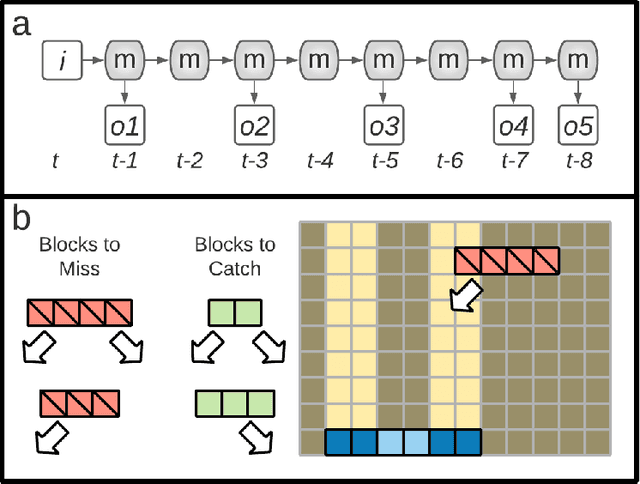
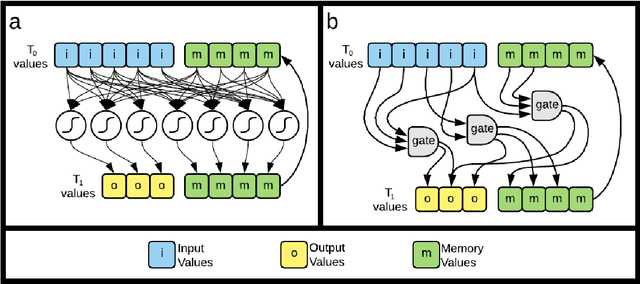
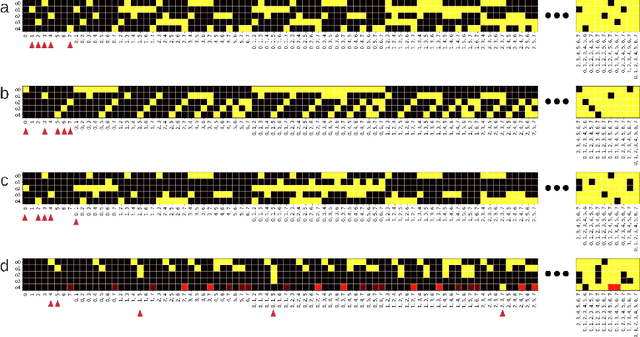
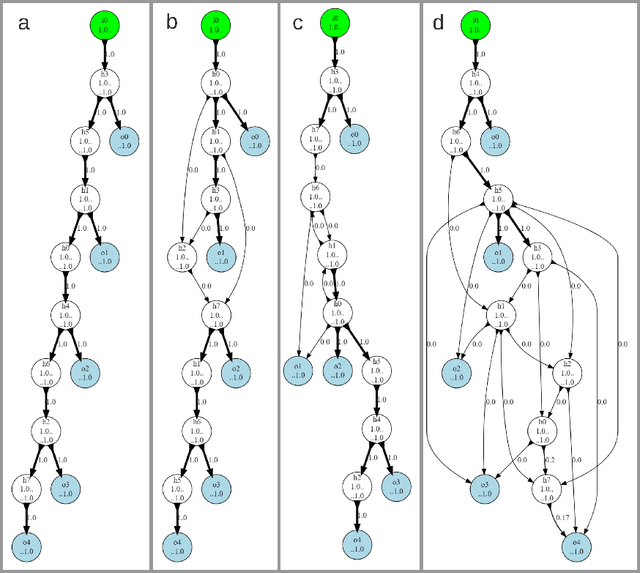
Abstract:We introduce a new information-theoretic measure, fragmentation (F) which can be used to determine how fragmented predictive information is in a system. The concept can be extended to generate fragmentation matrices that can illustrate information flows through digital brains, in the form of directed graphs. Fragmentation and fragmentation matrices can provide new insights into digital brains structure and function, in other words, how causal digital networks "think" and process information. In addition to describing F we demonstrate how it can be used to examine how complex processing arises in neural networks, including differences in lifetime processing and incidents of incidental encryption.
Tertiary Eye Movement Classification by a Hybrid Algorithm
Apr 22, 2019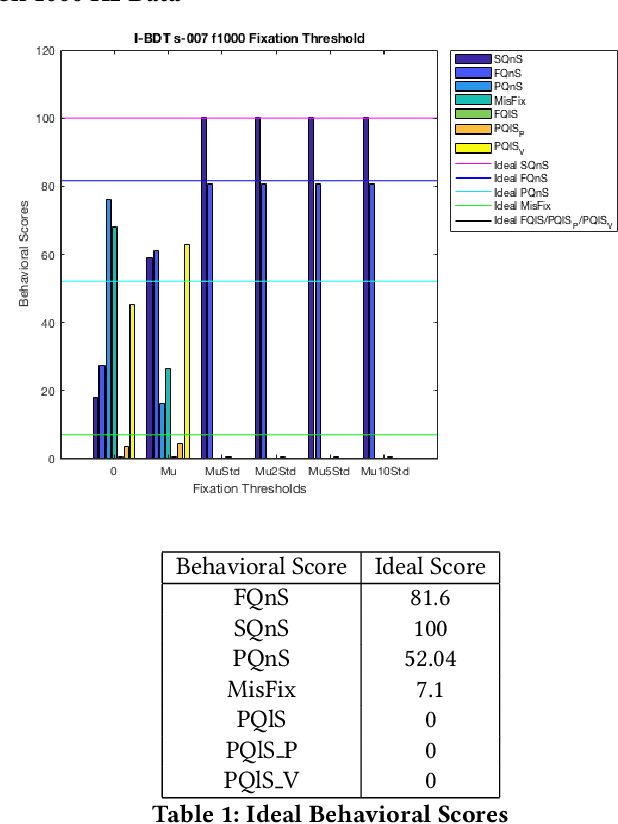
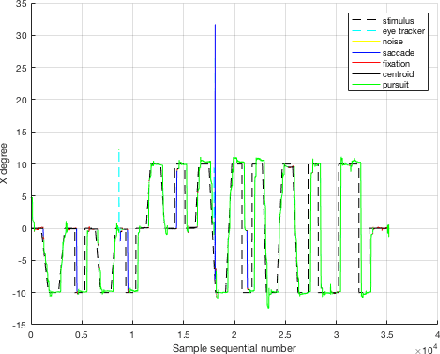
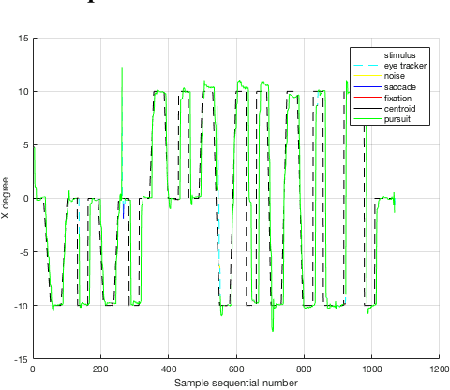
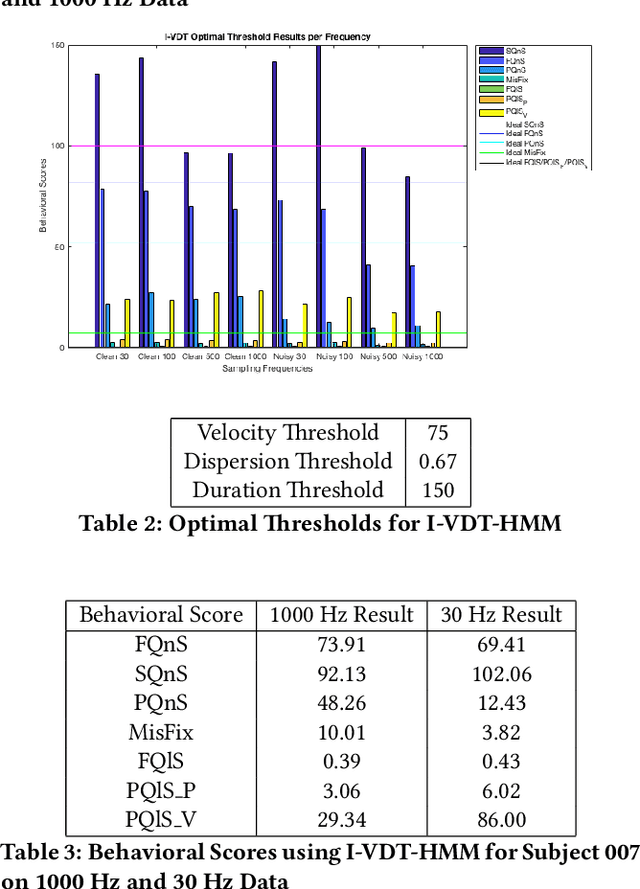
Abstract:The proper classification of major eye movements, saccades, fixations, and smooth pursuits, remains essential to utilizing eye-tracking data. There is difficulty in separating out smooth pursuits from the other behavior types, particularly from fixations. To this end, we propose a new offline algorithm, I-VDT-HMM, for tertiary classification of eye movements. The algorithm combines the simplicity of two foundational algorithms, I-VT and I-DT, as has been implemented in I-VDT, with the statistical predictive power of the Viterbi algorithm. We evaluate the fitness across a dataset of eight eye movement records at eight sampling rates gathered from previous research, with a comparison to the current state-of-the-art using the proposed quantitative and qualitative behavioral scores. The proposed algorithm achieves promising results in clean high sampling frequency data and with slight modifications could show similar results with lower quality data. Though, the statistical aspect of the algorithm comes at a cost of classification time.
The structure of evolved representations across different substrates for artificial intelligence
Apr 05, 2018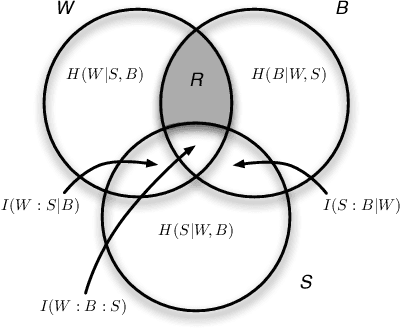
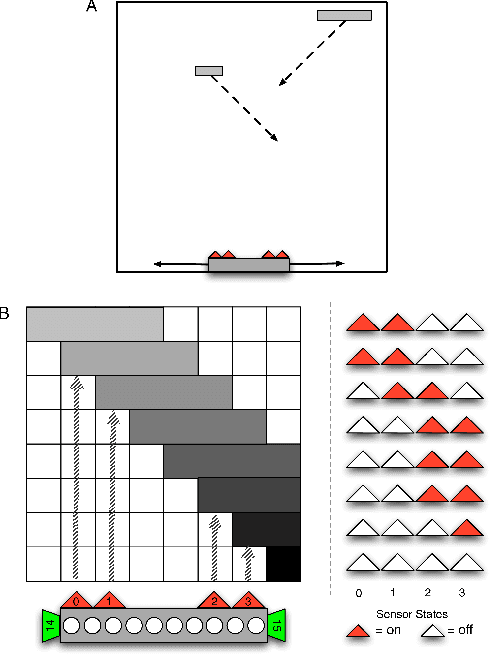
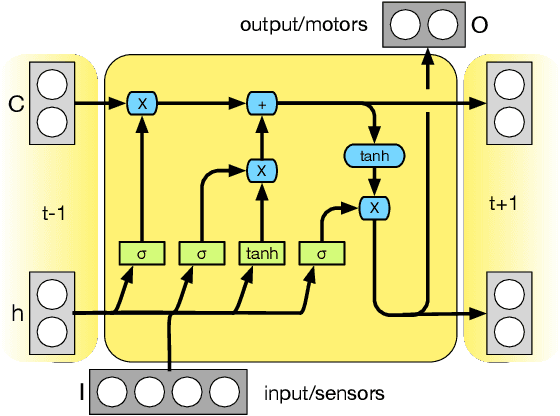
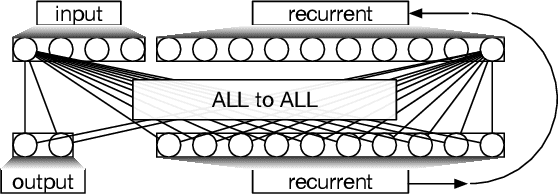
Abstract:Artificial neural networks (ANNs), while exceptionally useful for classification, are vulnerable to misdirection. Small amounts of noise can significantly affect their ability to correctly complete a task. Instead of generalizing concepts, ANNs seem to focus on surface statistical regularities in a given task. Here we compare how recurrent artificial neural networks, long short-term memory units, and Markov Brains sense and remember their environments. We show that information in Markov Brains is localized and sparsely distributed, while the other neural network substrates "smear" information about the environment across all nodes, which makes them vulnerable to noise.
Communication Model-Task Pairing in Artificial Swarm Design
Jan 22, 2018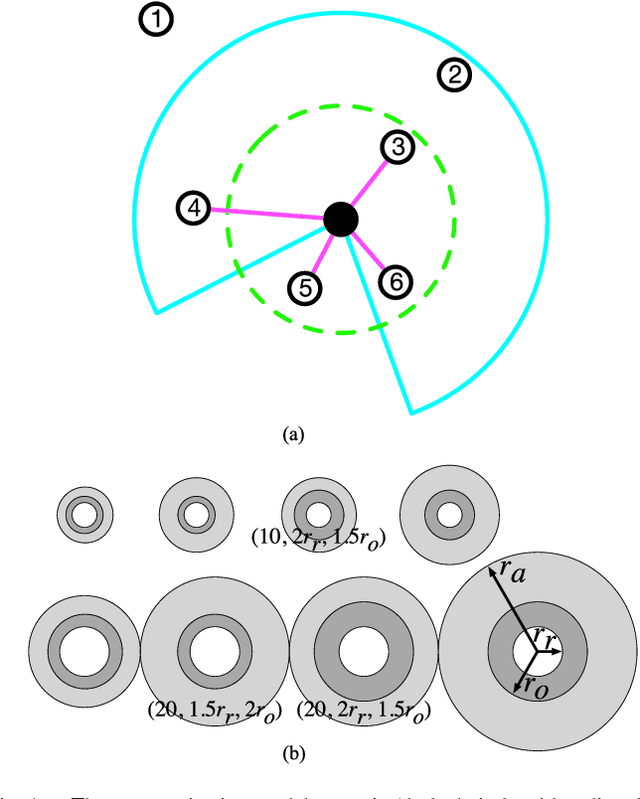
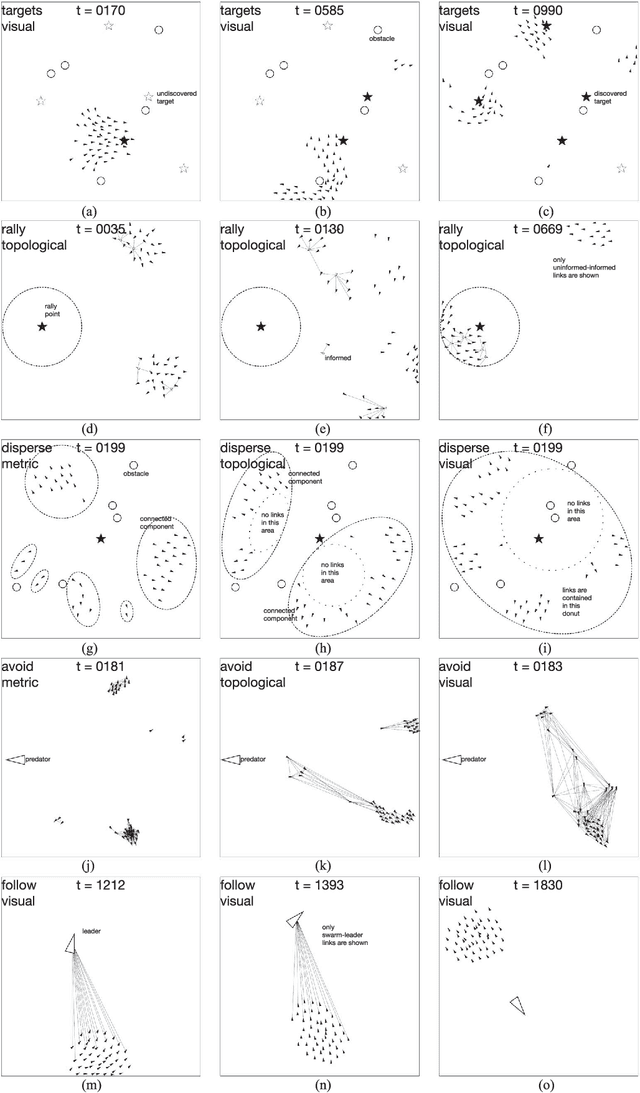
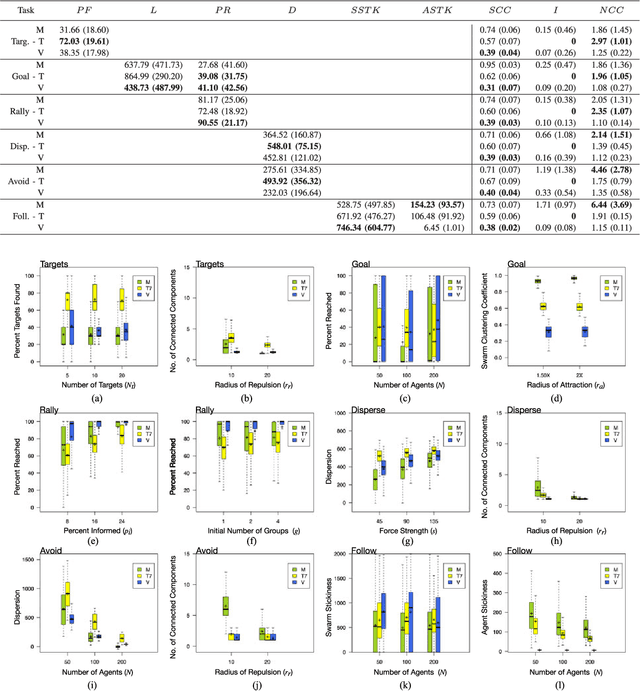
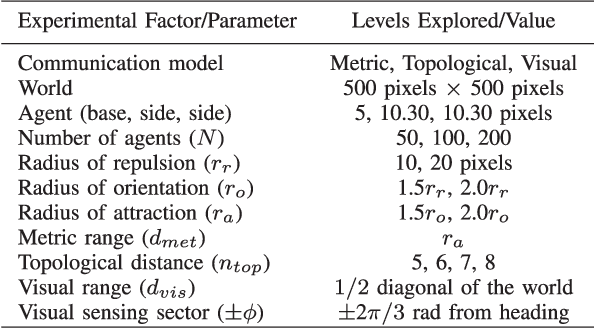
Abstract:Unraveling the nature of the communication model that governs which two individuals in a swarm interact with each other is an important line of inquiry in the collective behavior sciences. A number of models have been proposed in the biological swarm literature, with the leading models being the metric, topological, and visual models. The hypothesis evaluated in this manuscript is whether the choice of a communication model impacts the performance of a tasked artificial swarm. The biological models are used to design coordination algorithms for a simulated swarm, which are evaluated over a range of six swarm robotics tasks. Each task has an associated set of performance metrics that are used to evaluate how the communication models fare against each other. The general findings demonstrate that the communication model significantly affects the swarm's performance for individual tasks, and this result implies that the communication model-task pairing is an important consideration when designing artificial swarms. Further analysis of each tasks' performance metrics reveal instances in which pairwise considerations of model and one of the various experimental factors becomes relevant. The reported research demonstrates that the artificial swarm's task performance can be increased through the careful selection of a communications model.
 Add to Chrome
Add to Chrome Add to Firefox
Add to Firefox Add to Edge
Add to Edge